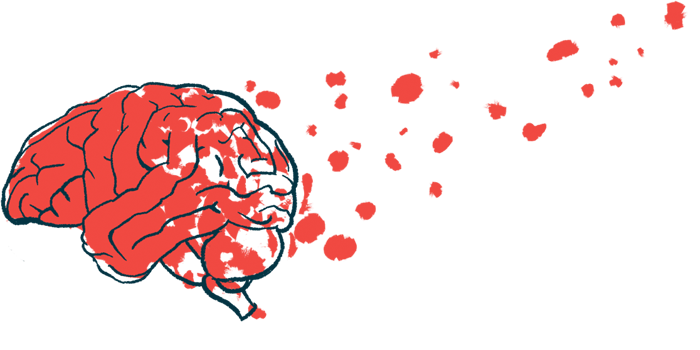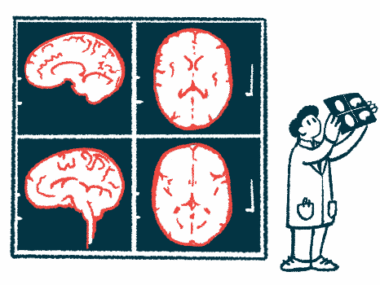Change Affecting Cell ‘Housekeeping’ Triggers Spread of Toxic Clumps
Written by |

A protein modification that disrupts how cells dispose of “worn-out” proteins may promote the spread of the alpha-synuclein toxic clumps known to cause Parkinson’s disease, a study reported.
“We think our findings about this apparent disease-driving process are important for developing compounds that can specifically inhibit the process of disease spread in the brain,” Stuart Lipton, MD, PhD, who led the study, said in a press release. Lipton is the founding co-director of the Neurodegeneration New Medicines Center and a professor in the Department of Molecular Medicine, both at the Scripps Research Institute in California.
The study, “S-nitrosylation of p62 inhibits autophagic flux to promote α-synuclein secretion and spread in Parkinson’s disease and Lewy body dementia,” was published in the Journal of Neuroscience.
Autophagy is a cell’s way of clearing unwanted molecules by breaking them down to building blocks that can be reused and built upon to make new molecules. The process occurs in the lysosome, a tiny cell compartment full of enzymes that help break down these unwanted molecules. When the process goes awry, unwanted molecules can build to toxic levels in the body.
“In Parkinson’s disease and Lewy body dementia, dysfunctional autophagy contributes to accumulation and spread of aggregated [alpha]-synuclein,” the researchers wrote.
Lewy body dementia is a common form of dementia that occurs when alpha-synuclein protein deposits, called Lewy bodies, collect in nerve cells of brain regions involved in thinking, memory, and movement. Lewy bodies also cause Parkinson’s. How these protein deposits accumulate and spread from nerve cell to nerve cell across the brain, however, is still unclear.
Lipton’s team and others in previous studies observed that both Lewy body dementia and Parkinson’s are marked by the production of highly reactive nitrogen-containing molecules. These include nitric oxide, which is made of nitrogen and oxygen atoms, and are thought to disrupt important cellular systems, such as those that can keep proteins from aggregating to toxic levels.
Using human-derived nerve cells as well as animal models, the researchers now found that S-nitrosylation of p62, an adaptor protein that links other proteins together to facilitate their clearance in the lysosome, triggers the buildup and spread of alpha-synuclein toxic clumps. S-nitrosylation is a type of nitrogen-molecule reaction that involves the addition of nitric oxide to the sulfur-containing side chain of cysteine, one of the building blocks that make up proteins.
“We provide evidence that protein S-nitrosylation of p62 inhibits autophagic flux [clearance], contributing to [alpha]-synuclein aggregation and spread,” the researchers wrote.
Analyzing postmortem brains from men and women with Lewy body dementia, the team again found higher-than-normal levels of p62 that had been modified by S-nitrosylation. This finding supported the idea that the mechanism also holds true in people.
“The process we observed seems very similar to what is seen in Parkinson’s and [Lewy body dementia] brains,” said Chang-Ki Oh, PhD, the study’s first author.
These researchers are now working to develop compounds that inhibit the S-nitrosylation of p62 in the hope of preventing or slowing the progression of Parkinson’s or Lewy body dementia.






